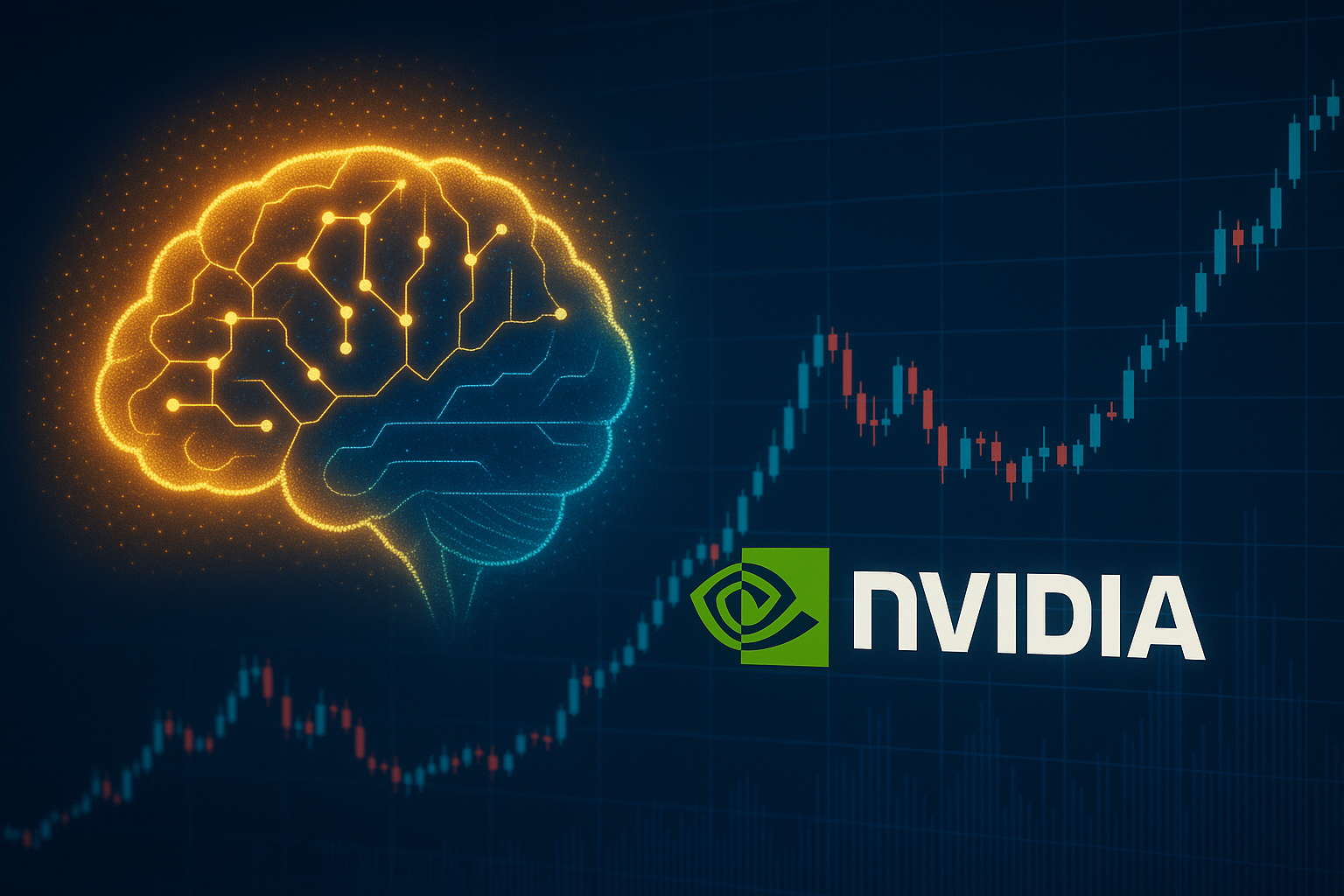AI Boom, Nvidia reaching $5 Trillion and How it all Affects the Forex Market
In late October 2025 the global markets reached a symbolic moment: Nvidia, the chip-maker at the centre of the artificial-intelligence surge, became the first publicly traded company to reach a valuation of USD 5 trillion. That figure is more than a milestone, it underscores the scale of investor enthusiasm for AI and also raises a critical question: What happens if that enthusiasm outpaces reality? Is the market a bubble waiting to burst? How would that affect Forex?
The Build-Up: AI, Nvidia and Valuations
Nvidia’s growth has been extraordinary. Once a specialist in graphics processing units, the company is now perceived as a foundational player in large-scale AI infrastructure, serving as a key supplier for data-centre chips. The AI boom driving this has wide-ranging implications: from capital flows into tech, to competition between major economies, to structural shifts in productivity and markets.
Yet at the same time, a growing number of analysts are sounding alarm bells. Some warn we may be in the “ultimate bubble” of technology, where hype and momentum have overtaken fundamentals.
What a Pop Could Look Like
If the AI boom were to reverse or stall, the implications are broad. A sharp re-rating of tech valuations could ripple into equities, credit markets and also into currency markets. For example:
- Capital that has flowed into “risk assets” might reverse, prompting flight to safer currencies or assets.
- If U.S. tech earnings disappoint, the U.S. dollar could come under pressure..
- Countries heavily exposed to tech exports or AI investment might experience currency volatility if growth expectations are scaled back.
Links to Forex Markets
At first glance, a tech boom and the forex market may seem distant. But like we briefly mentioned in the last section, the connections are real:
- Risk appetite and safe-haven flows: If investors turn away from tech risk, they may seek refuge in strong currencies, putting pressure on higher-yield or risk-sensitive currencies.
- Growth and interest-rate expectations: Tech sectors often drive expectations for growth and productivity. A setback might dampen global growth outlooks, impacting central-bank policy assumptions, which in turn affect currency valuations.
- Capital-flow reversals: Large tech valuations attract global capital. If those valuations compress, capital may reverse out of equities into bonds or other asset classes: altering the forex landscape for capital-importing or capital-exporting countries.
- Commodity and trade links: Some countries rely on resource exports or manufactured goods tied to tech supply chains. A slowdown in tech could reduce demand for raw materials or components, affecting currencies of resource-dependent nations.
Why It Matters Now
Nvidia’s USD 5 trillion valuation is not just a stat, it is a symbol of how far markets have travelled on expectations of AI. But the very size of the valuation raises structural questions: Are companies earning sufficient cash to justify their value? Are expectations embedded in the market too big? Harvard Business Review recently argued that speculative capital and circular financing (for example companies buying each other’s products in a loop) are warning signs of a bubble.
From the forex perspective, this means that traders should not assume predictability in the markets just yet. A large tech shock could change the script, affecting currencies globally in complex ways.
The Take-Away
While no one knows for sure if, when, or how the AI sentiment will shift, the stakes are high. For those analysing currency markets, the key is to recognise that tech valuations are now a macro driver, not just an equity story. Where growth is concentrated in AI and tech, where capital flows are directed, those same forces can influence currency flows.
This can be a sobering reminder that in an interconnected global system, when one major sector shifts, many markets can feel the effect.







